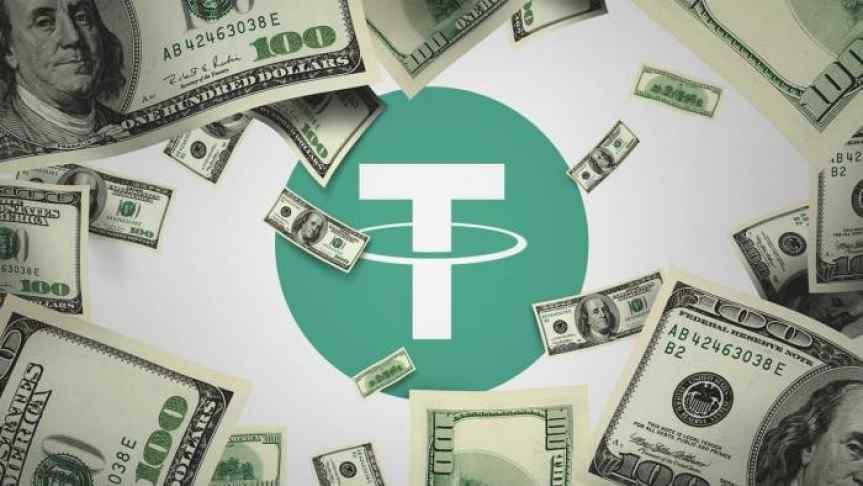In the volatile world of cryptocurrencies, stablecoins have emerged as a beacon of stability, designed to offer the benefits of digital currency without the wild price swings associated with assets like Bitcoin and Ethereum. With a total market capitalization of approximately $136.60 billion, stablecoins now represent 7.61% of the entire cryptocurrency market cap.
This remarkable growth underscores the increasing trust and reliance investors place in stablecoins as both a hedge against volatility and a medium of exchange. Among them, Tether’s USDT has reached an unprecedented market cap of nearly $90 billion, highlighting its dominance in the market.
Understanding Stablecoins
Stablecoins are cryptocurrencies designed to minimize price volatility by being pegged to a more stable asset, such as the U.S. dollar, other fiat currencies, or even commodities like gold. This pegging ensures that the price of a stablecoin remains as close as possible to the value of the asset it’s tied to, typically around $1 for those pegged to the USD. This stability is attractive to investors and users who seek to avoid the rollercoaster price movements of traditional cryptocurrencies, making stablecoins ideal for transactions, remittances, and as a stable store of value.
Leading the Pack: USDT, USDC, and BUSD
The stablecoin market is led by a few key players, with Tether’s USDT, Circle’s USDC, and Binance’s BUSD commanding the top spots by market capitalization. These stablecoins have become fundamental to the crypto ecosystem, facilitating trading, lending, and other DeFi (Decentralized Finance) activities by providing a stable medium through which assets can be exchanged.
- Tether (USDT): Tether remains the undisputed leader among stablecoins, with its market cap nearing the $90 billion mark. Its widespread adoption across various exchanges and platforms underscores its pivotal role in the market.
- USD Coin (USDC): As a close contender, USDC has seen substantial growth, gaining trust for its transparency and compliance with regulatory standards. It serves as a critical backbone for many DeFi projects and services.
- Binance USD (BUSD): Backed by Binance, one of the world’s leading cryptocurrency exchanges, BUSD has rapidly gained market share, offering users a compliant and stable asset for trading and investment.
The Significance of Stablecoin Growth
The significant market cap of stablecoins reflects a maturing cryptocurrency market where users demand not just speculative assets but also stability and utility. Stablecoins offer a bridge between the traditional financial system and the cryptocurrency ecosystem, enabling faster, cheaper, and borderless transactions. Their growth is also indicative of the increasing institutional and retail interest in using digital assets for everyday transactions and financial services, further integrating cryptocurrencies into the global economy.
Challenges and Opportunities Ahead
While the rise of stablecoins represents a significant evolution in the crypto space, it also brings challenges. Regulatory scrutiny, the need for transparency in reserves, and the quest for decentralization versus stability are ongoing issues. Yet, the opportunities outweigh the challenges. Stablecoins are at the forefront of innovation in payments, remittances, and financial services, potentially transforming how we think about money and transactions in a digital age.
Conclusion
The impressive market cap of stablecoins is a testament to their growing importance in the cryptocurrency ecosystem. As stablecoins continue to evolve, they will likely play an even more critical role in bridging the gap between traditional finance and the digital economy, offering a stable, efficient, and inclusive alternative to conventional fiat currencies. The journey of stablecoins is far from over, and their future developments will be crucial in shaping the landscape of digital finance.

Leave a Reply